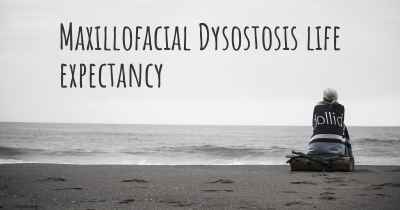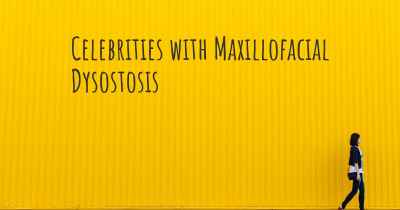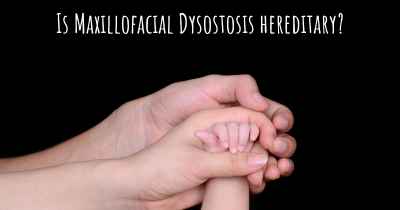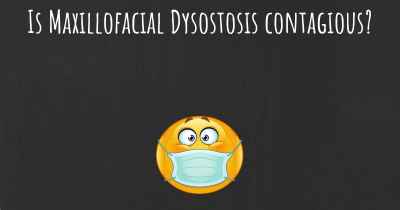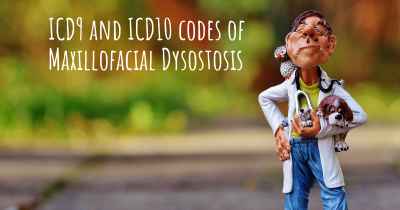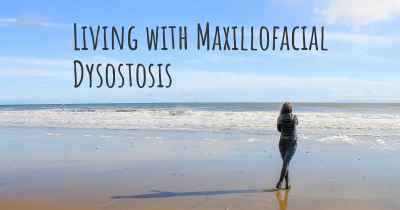What is the history of Maxillofacial Dysostosis?
When was Maxillofacial Dysostosis discovered? What is the story of this discovery? Was it coincidence or not?
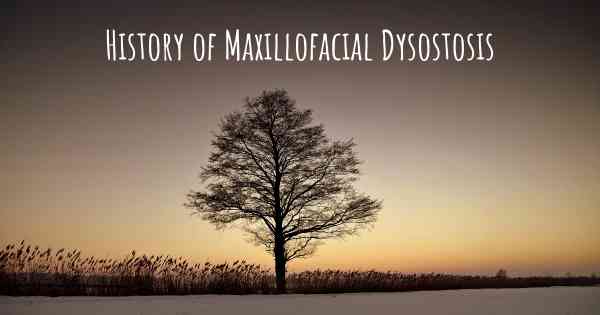
Maxillofacial Dysostosis:
Maxillofacial dysostosis, also known as Treacher Collins syndrome (TCS), is a rare genetic disorder that affects the development of facial bones and tissues. It was first described by British ophthalmologist Edward Treacher Collins in 1900. TCS is characterized by a combination of craniofacial abnormalities, including underdeveloped cheekbones, downward slanting eyes, malformed ears, and a small jaw.
Early Discoveries:
The history of maxillofacial dysostosis dates back to the late 19th century when several physicians and scientists observed similar facial abnormalities in different patients. However, it was Edward Treacher Collins who provided a comprehensive description of the syndrome and its associated features. Collins initially referred to the condition as "mandibulofacial dysostosis" due to the involvement of the lower jaw and facial bones.
Recognition and Naming:
In 1900, Collins presented a case series of individuals with the syndrome to the Royal Society of Medicine in London. His detailed observations and analysis of the affected individuals' facial characteristics led to the recognition of this distinct disorder. As a result, the condition was later named after him, becoming known as Treacher Collins syndrome.
Genetic Basis:
It wasn't until the mid-20th century that the genetic basis of maxillofacial dysostosis was discovered. In the 1950s, scientists began to suspect that the syndrome had a hereditary component. Further research revealed that TCS is primarily caused by mutations in the TCOF1 gene, which provides instructions for the production of a protein called treacle. This protein plays a crucial role in the development of facial bones and tissues during embryonic development.
Advancements in Diagnosis and Treatment:
Over the years, advancements in medical technology and genetic testing have improved the diagnosis and understanding of maxillofacial dysostosis. Today, healthcare professionals can use various imaging techniques, such as CT scans and 3D facial reconstructions, to assess the severity of facial abnormalities in affected individuals.
Management and Support:
While there is no cure for maxillofacial dysostosis, treatment focuses on managing the symptoms and improving quality of life. Early intervention is crucial, and a multidisciplinary approach involving specialists from various fields, including craniofacial surgeons, orthodontists, and speech therapists, is often employed.
Psychosocial Impact and Advocacy:
Maxillofacial dysostosis can have a significant psychosocial impact on individuals and their families. Facial differences may lead to challenges in social interactions, self-esteem, and mental health. However, support groups, advocacy organizations, and increased awareness have played a vital role in providing emotional support, education, and resources for affected individuals and their families.
Ongoing Research:
Research into maxillofacial dysostosis continues to expand our understanding of the syndrome. Scientists are investigating potential therapeutic approaches, including gene therapy and tissue engineering, to address the underlying genetic defects and improve treatment outcomes.
